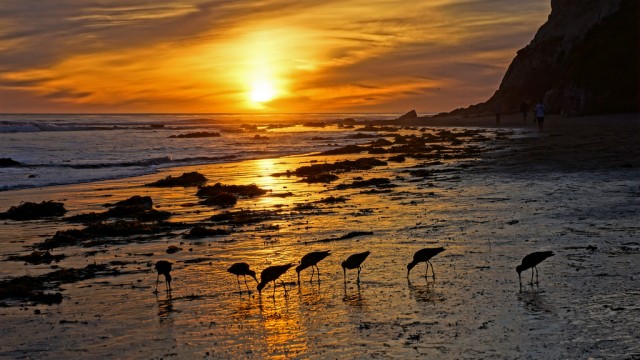
Radiation in the ocean from the Fukushima nuclear power plant accident in 2011 in Japan has yet to reach the California coast, scientists said Monday.
Researchers have detected miniscule amounts of the radioactive isotope cesium-134 in the ocean off Vancouver, Canada, as John Norton Smith, a senior research scientist at Canada’s Bedford Institute of Oceanography, said at a meeting of the American Geophysical Union in Hawaii. It’s at levels lower than naturally occurring radiation, like polonium-210, which is already in the ocean, he said.
Scientists are testing samples and using models to try to zero in on when it will reach the California coast — they say they expect it this spring — and how much there will be when it does, said Ken Buesseler, a scientist at the Woods Hole Oceanographic Institution in Massachusetts.
Researchers have also detected radioactive cesium-137 in the ocean. This is not a surprise, said Buesseler. It’s been around since the nuclear weapons tests in the 1950s and 1960s. With a half-life of 30 years, it’s going away, but still around in trace amounts.
One of the outstanding questions now is, how much cesium-134 — the stuff from Fukushima — will eventually make it to our coast?